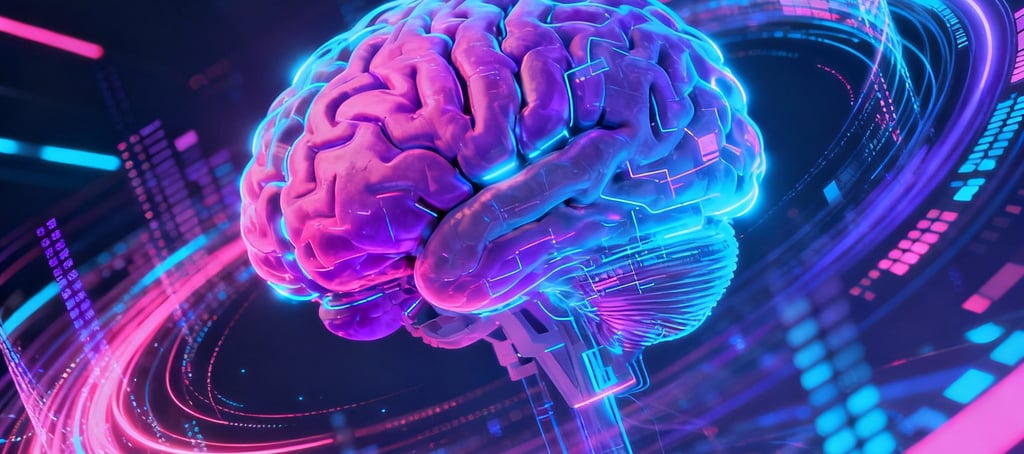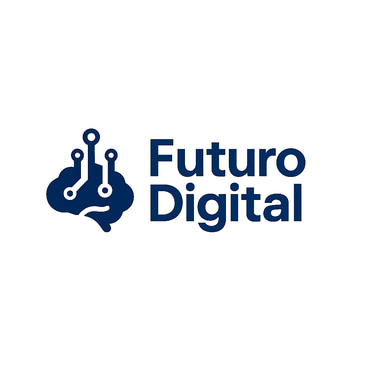Generative AI: Boundless Artificial Creativity
Explore how generative AI is transforming creativity—producing original art, text, music, and media with unprecedented speed, scale, and imagination.
8/26/20251 min read


Innovation
Discover how AI transforms everyday life
Technology
Blog
suportevirtual@futurodigital.blog
© 2025. All rights reserved.
Other Pages
